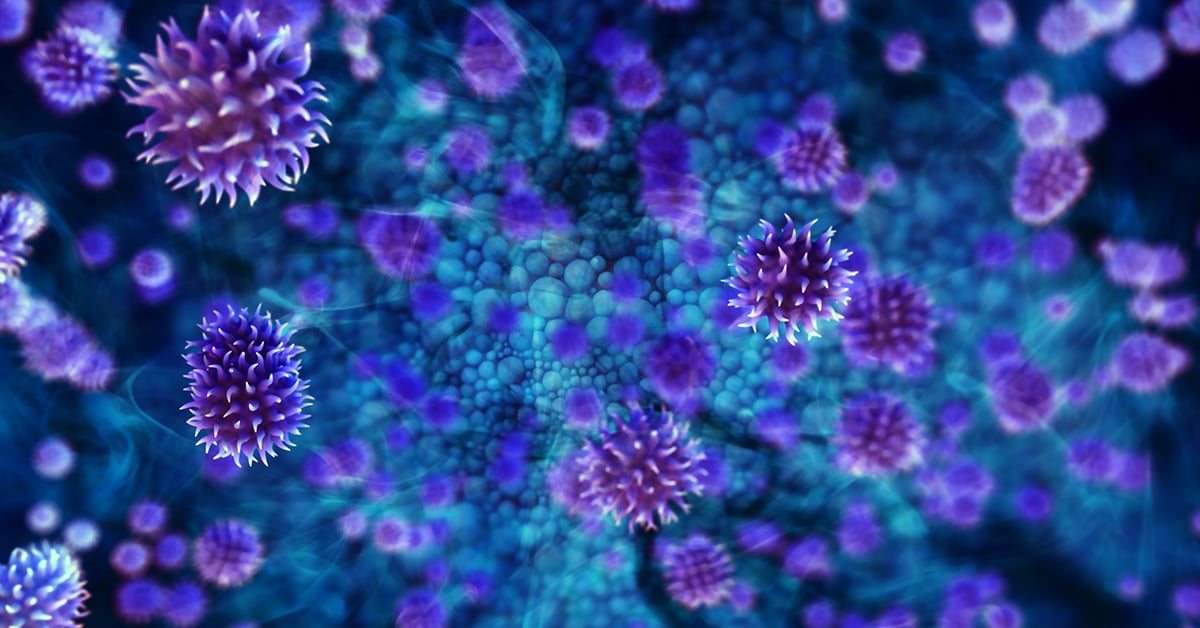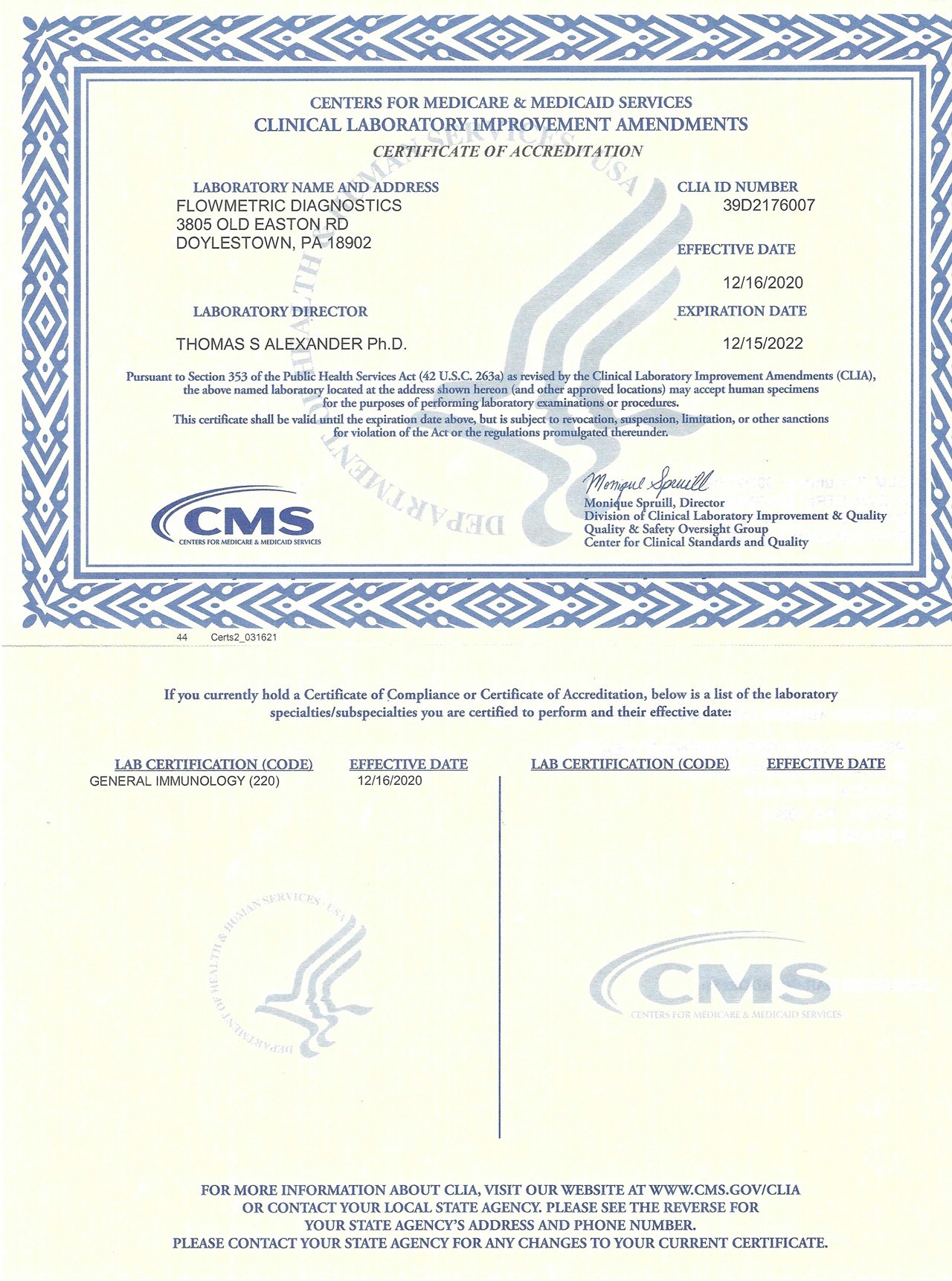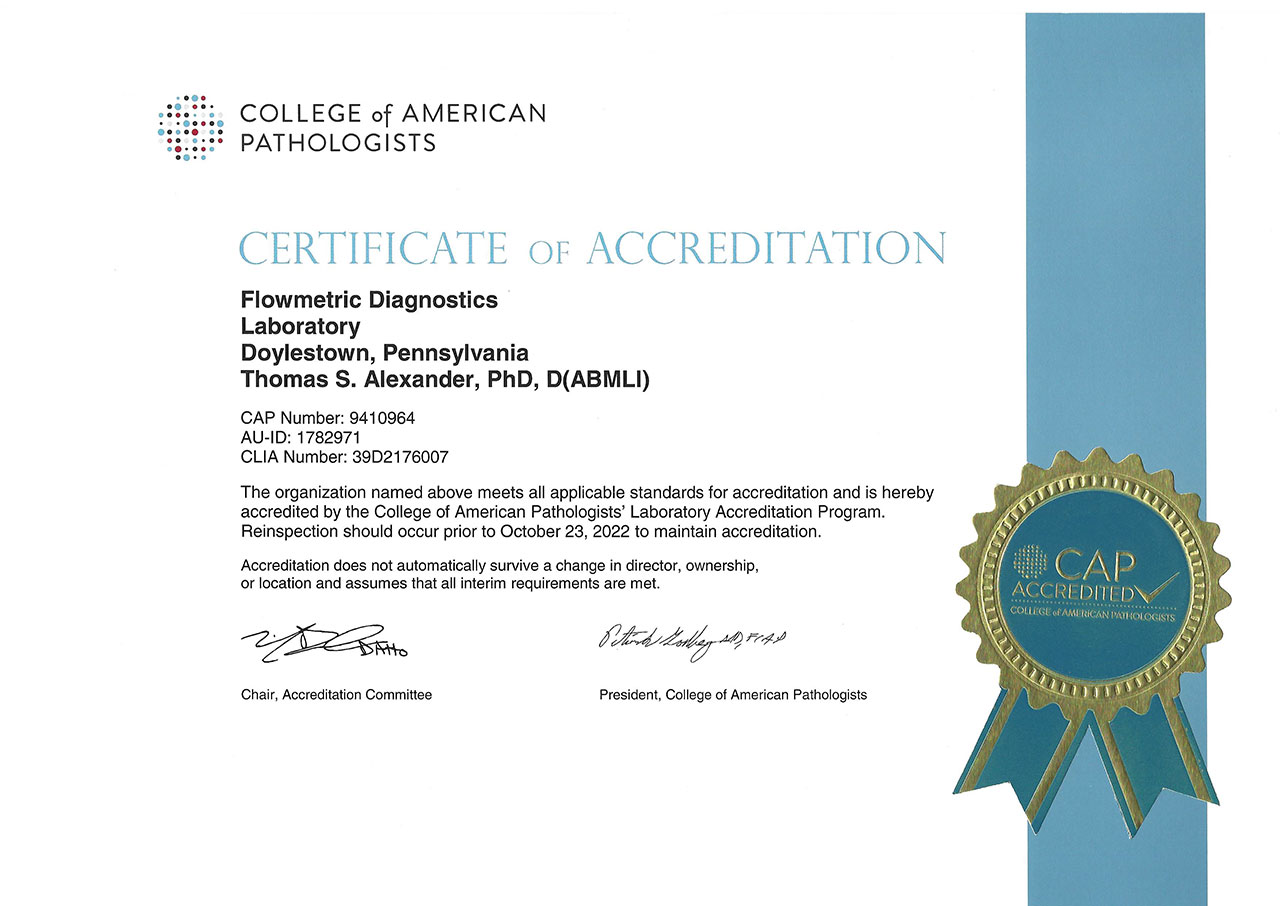
Flow cytometry is a powerful tool because it allows users to analyze the characteristics of millions of cells with relative speed and precision. A single cell suspension of fluorescently labeled sample travels through the cytometer for excitation by lasers, and the emitted light photons are measured by different detectors. Having a single cell suspension is essential to measuring cell fluorescence accurately, and many types of cell or tissue samples must be specially processed to make this suspension. Two different methods can be used for single cell suspensions: mechanical dissociation of tissue or enzymatic dissociation of tissue. This processing step is typically carried out before cells are stained and both methods have benefits and caveats.

Mechanical Dissociation
This method usually uses a tool like a glass mortar and pestle or a similar mechanical tool to dissociate tissues.
Benefit
Mechanical dissociation is a rapid technique that works well on samples that are loosely associated with tissues such as mouse spleens, bone marrow, and lymph nodes.
Caveat
Mechanical dissociation can be associated with inconsistent cell yields or poor cell viability and results can vary widely between users.
Enzymatic Dissociation
Different enzymes, such as collagenase, trypsin, or hyaluronidase can be used to dissociate tissue or cell culture samples.
Benefit
Specific enzymes work with great efficacy on certain tissues so research must be done to determine which enzyme to use to optimize cell yield.
Caveat
Enzyme dissociation can modify proteins on the cell surface, which can alter cell function or binding of fluorescent antibodies. Enzyme dissociation can also be more time consuming compared with mechanical dissociation.
Also, remember that passing your dissociated sample through a cell strainer is recommended prior to staining in order to remove cell or tissue clumps. Consider doing a pilot experiment to determine which dissociation method works best for your sample and flow cytometry staining panel.

















